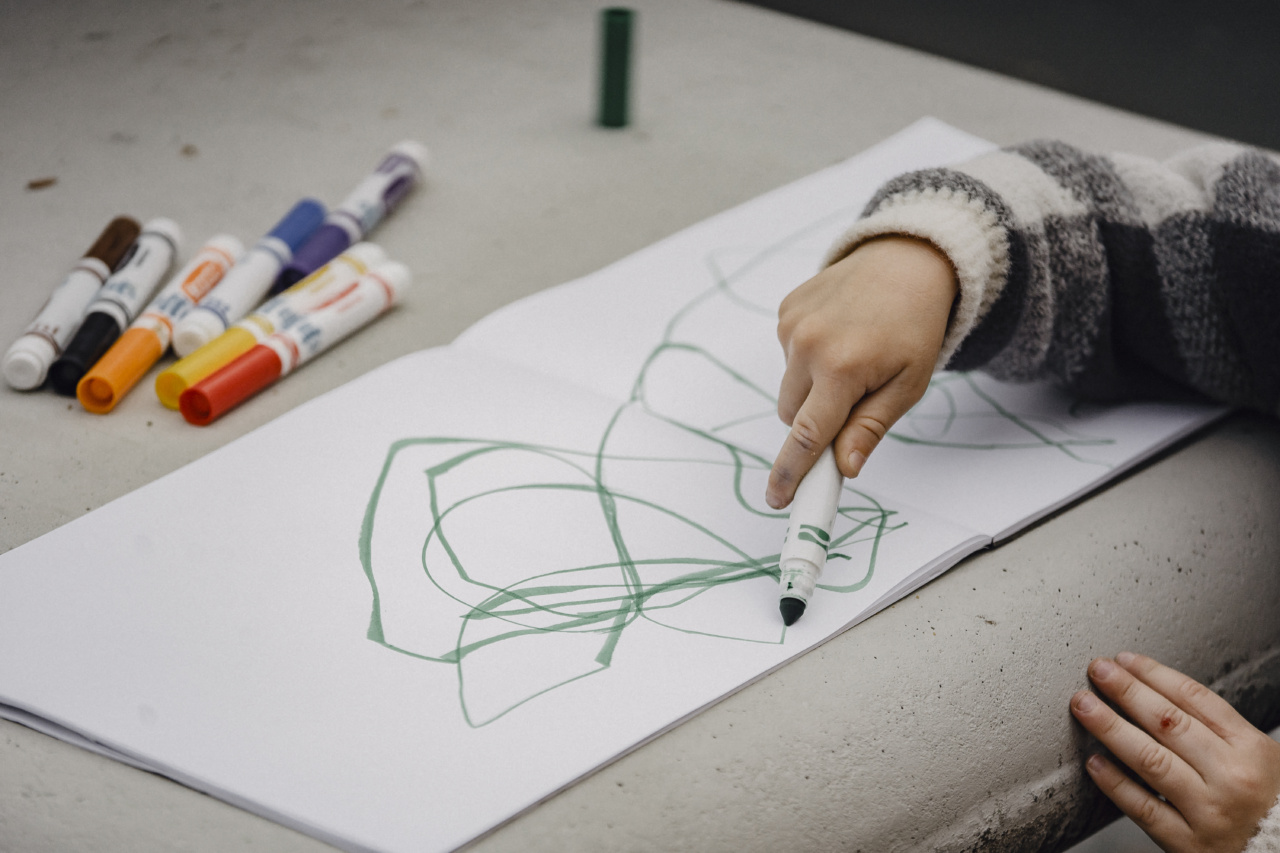Children love to play outside but often playgrounds are located in urban areas with high levels of air pollution.
According to the World Health Organization (WHO), air pollution is responsible for 1 in 9 deaths worldwide and is the greatest environmental risk to human health. Children are especially vulnerable to the harmful effects of air pollution. They breathe faster than adults and their lungs are still developing, making them more susceptible to respiratory problems.
Greening playgrounds can help reduce air pollution, making outdoor play safer for children.
What is Greening?
Greening refers to the process of adding vegetative cover such as trees, shrubs, grass, and other plants to an urban area.
Trees are especially useful in reducing air pollution as they remove pollutants from the air and release oxygen through photosynthesis. Additionally, green spaces provide shade and cooling, reducing the amount of energy used for air conditioning. Green roofs are another option for greening urban areas, where plants are grown on rooftops instead of traditional roofing materials.
Effects of Air Pollution on Children’s Health
Air pollution has been linked to a variety of health problems in children, including respiratory problems, developmental delays, and low birth weight.
According to the American Lung Association, nearly half of all Americans live in areas with unhealthy levels of air pollution.
Air pollution can exacerbate asthma and other respiratory illnesses, making it more difficult for children with these conditions to breathe.
Exposure to air pollution has also been linked to a higher risk of cognitive impairment and developmental delays in children.
Why Greening Playgrounds is Important
Greening playgrounds can help reduce the amount of air pollution that children are exposed to while playing outside. Trees and other plants can absorb pollutants such as nitrogen oxides and particulate matter, improving air quality.
Trees can also provide shade, reducing the amount of exposure to the sun’s harmful UV rays.
In addition to improving air quality, greening playgrounds can have other benefits for children’s health.
Studies have shown that children who spend time in green spaces have lower levels of stress, increased physical activity, and a better overall sense of well-being.
How to Green Playgrounds
Greening playgrounds can be done in a variety of ways, depending on the available space and resources. Here are some ideas:.
Plant Trees
Planting trees can provide shade and improve air quality. Trees can be planted in the ground or in containers to create a natural barrier to air pollution.
Install Green Walls
Green walls, also known as living walls, are similar to green roofs but are vertical instead of horizontal. Plants are grown on a wall or other vertical structure to create a living, breathing surface.
Green walls can help improve air quality and provide a visually stunning addition to a playground.
Use Permeable Surfacing
Permeable surfaces such as grass, gravel, or porous concrete allow rainwater to be absorbed into the ground instead of running off into storm drains. This helps reduce the amount of pollutants that enter waterways.
Install Green Roofs
Green roofs are another way to add vegetation to an urban area. Plants are grown on a building’s roof, replacing traditional roofing materials. Green roofs can help improve air quality and reduce energy costs for the building.
Add Flower Beds and Shrubs
Flower beds and shrubs can provide additional greenery and improve air quality. They can also attract wildlife such as birds and butterflies, providing an educational experience for children.
Conclusion
Greening playgrounds is a simple but effective way to improve air quality and create a healthier environment for children.
By planting trees, installing green walls and roofs, using permeable surfacing, and adding flower beds and shrubs, we can create safe and inviting spaces for children to play outside.

























